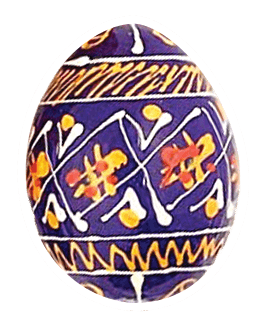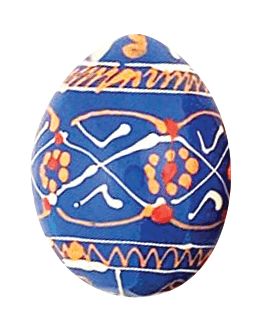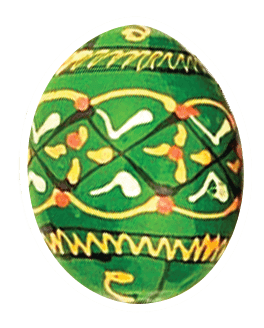The richness of water’s infusion through every aspect of human life makes it particularly subject to multiple levels of meaning. Water sustains us – it is what we are on the cellular, individual, species and planetary planes. The depth of water’s symbolic potential presents a “multivocity” of interpretive possibilities because water, through art, has come to symbolize complex aspects of the human relationship to the natural and civilized worlds. Yet this multivocity confounds artistic accomplishment more often than not. What can possibly be said about or done with water that isn’t already hackneyed or ubiquitous in paintings, recordings, novels, photographs?
WaterFire meets this challenge by evading static artistic conventions and embracing paradox at several turns. It has a creator but is sustained and executed in each of its incarnations by community will; it began as something like a string of sculptural pieces accompanied by music but has evolved into a performance work featuring elaborately layered ritual; it contains individual works of art as components of a larger artistic event, yet features rivers and other natural elements as foci for collective reflection; and it oscillates between a festive atmosphere when it commences at sunset and a meditative talisman for couples and lonely wanderers toward its close at 1:00 am.
Pairing the mutually destructive elements of water and fire in a restrained but tangibly charismatic event, WaterFire marries the competing sensations of cool water and heated flame, moving elements and still contemplation, in a complementary whole. Just as water reflects both the architectural presence of Providence poised above the riverway and the fires as a ribbon of light within it, so do the fires illuminate the water and make possible the mirroring of the city to itself.
The complementary features of WaterFire also allude to the equivocal relationship Providence and humanity at large have had to the elements of fire and water. Although humanity first flourished as a species due to its management of fire and avoidance of prey in the darkness and continues to flourish due to management of water for navigation, energy and safe drinking, Providence’s own history reminds us that we remain at the mercy of fire and especially water as capricious conductors of life on earth. During the last 250 years the capital of Rhode Island has seen its waterfront leveled by fire, its neighborhoods decimated by the hurricane and its downtown turned into a deadly lake by an unforeseen tidal wave. The delicate balance of elements at the center of WaterFire invokes city memory and suggests the complicated story of humanity’s relationship to nature without overburdening the spectator through explicit signs or explanations.
Indeed, WaterFire’s success stems in part from its abandonment of explicitly traditional artistic markers. The piece appears seamlessly alongside and within the urban culture that gives it home, welcoming the echoes of traffic and sirens; the smells and tastes of food from nearby cafes; the architectural backdrop of banks, lecture halls, the State House, train stations and shops; the flow and feel of tidal patterns, pavements and wind. WaterFire’s vitality as a work of art, however, emerges most fully from the unselfconscious participation of the community in its creation. One may go to WaterFire alone but one cannot be there entirely alone, dependent as the work is on the palpable presence of others. And those others bring to the work a demonstrably democratic value.
WaterFire breaks down the class barriers that often separate supposedly high and low, canonical and popular art forms, and engages a diverse audience through ambient, sensory ritual. This diversity shows up most obviously in WaterFire’s comment books: thousands and thousands of responses, inked onto paper, creating a visual and discursive legacy of the work’s collective impact on participating individuals. The comment books, with their cacophony of penmanship and shifting styles of expression, offer compelling evidence that WaterFire has disrupted the alienating conventions of the commercial art world and dissolved the isolation of individuals from the experience of serious art. An incantation at heart, WaterFire summons a civic pursuit through the spirit of elemental beauty.
Cheryl Foster is an Honors Associate Professor of Philosophy at the University of Rhode Island.









